This month’s adventure took us to the Mississippi Headwaters, Itasca State Park! Itasca is known as the “Original State Park” and was founded in 1891.
Starting out in Itasca
Itasca State Park is actually not too far from our home, about two hours. We missed the first entrance, but caught the second one and made our way to the Jacob V. Brower visitor center. Everyone who stays in one of the 45 overnight sites will check in here. Plan to stay and enjoy this visitor center that is packed with historical information, exhibits, pamphlets of the area, as well as a cute little gift shop. Once we checked in, we made our way down by Douglas Lodge, which is a full-service restaurant (this park has everything!) and parked in the lot off to the side. From there we made our trek which was between 3.5 to 4 miles down the Deer Park Trail, our destination was Back Pack Site 5 on McKay Lake.
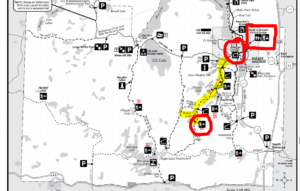

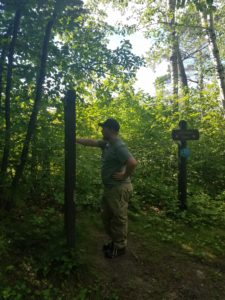
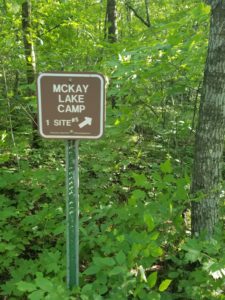
The Campsite
The hike to the site is moderate, you do go up and down a lot of hills. There are two shelters along the way and you also will pass the trail that will bring you to the fire tower, which is an attraction that draws a lot of people in (we had the pup so we did not break off course to see this). Once you get to site number five, you go into the woods a bit and there it is, your secluded oasis for your trip. I do mean secluded, it is the only campsite on all of McKay Lake, you will, however, have the company of loons, trumpeter swans, and some pelicans.


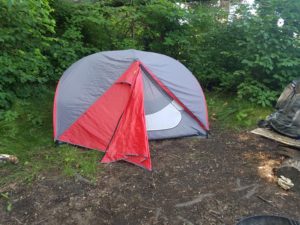
We stayed for one night and enjoyed really being alone with nature. There is a tiny “beach” on the campsite that the dog loved diving into, however, there were leeches so you have to be very careful and make sure to check between their toes. We called it a night decently early, and the loons could be heard calling all night.


In the morning, we took a short hike around past McKay lake, made it back to camp and cooked up a quick breakfast. Then we were on our way to the other side of the sprawling, 32,000 acres park to the Mississippi Headwaters. We hiked back to the jeep and drove about 8 minutes to the Mary Gibbs Mississippi Headwaters Center. On the way, we did pass the Itasca Lake boat access which offers Kayak, paddle board, bike, canoe and other rentals.
The Headwaters
After passing a few historical sites in the park such as the Pioneer Cemetery and Preacher’s Grove, we came to a parking lot in front of a massive building, which is the Mary Gibbs Mississippi Headwaters Center. This visitor center has educational stops outside, a large gift shop with fresh fudge, as well as a cafeteria-style restaurant with hand scooped Blue Bunny ice cream. Once we made our way past all of these eye-catching things, you cross over a bridge and come to the Headwaters of the great Mississippi River.

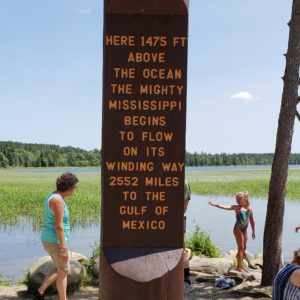
Itasca State Park is truly a wonder of Minnesota, and you can tell why it is one of the most popular! We were there for one day, and while I feel we did so much, there is still so much more to do there! Two more interpretive exhibits: Forest Inn and the Picnic Area Museum, I definitely need to climb the fire tower, I love to Kayak and of course, there is about 35 miles more of trails I haven’t seen (Dr.Roberts Interactive Trail is a must). We will definitely be making a few more trips back to this park, and hope you make it part of your #ExploreMinnesota adventure!






